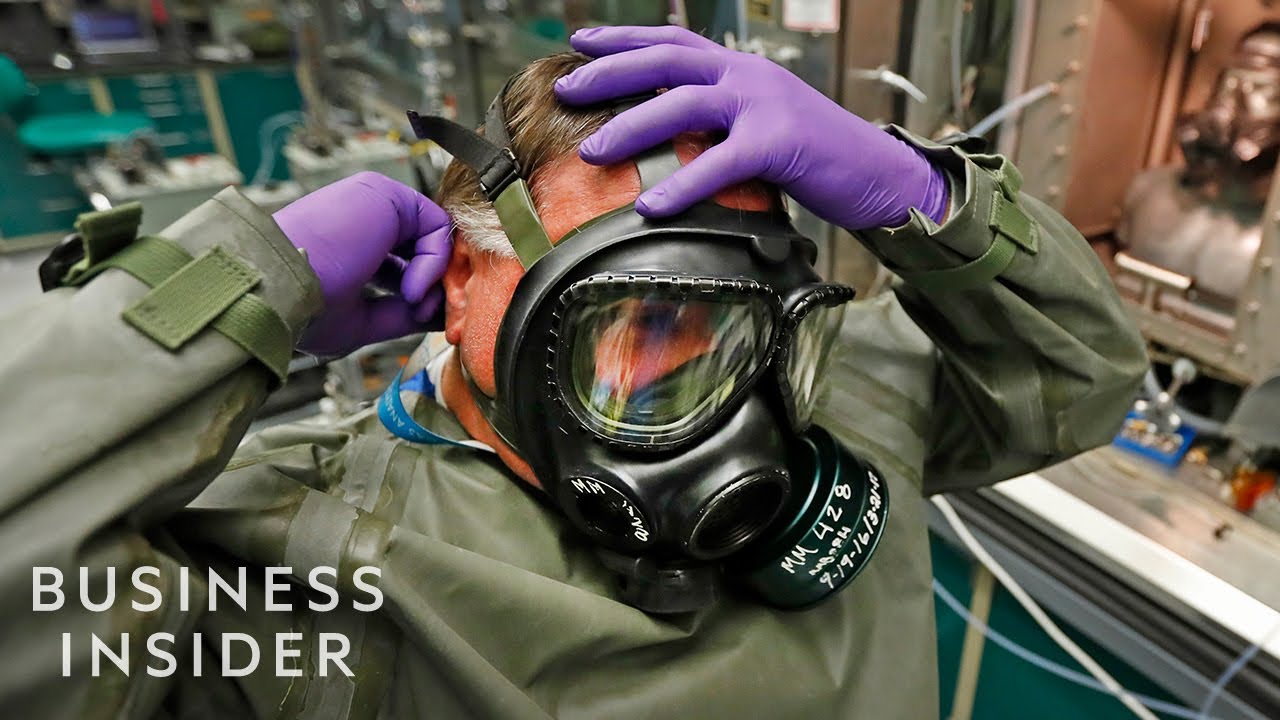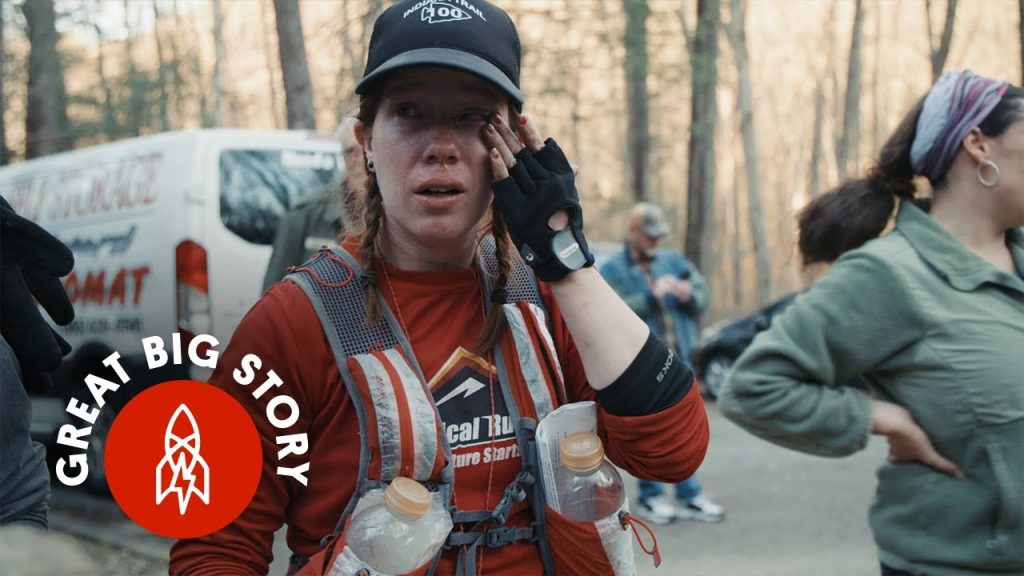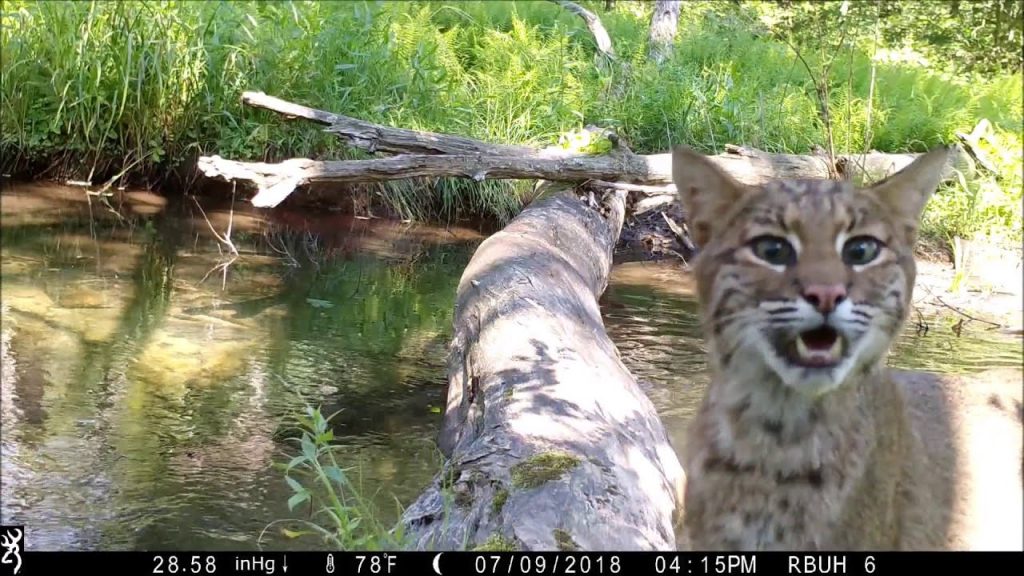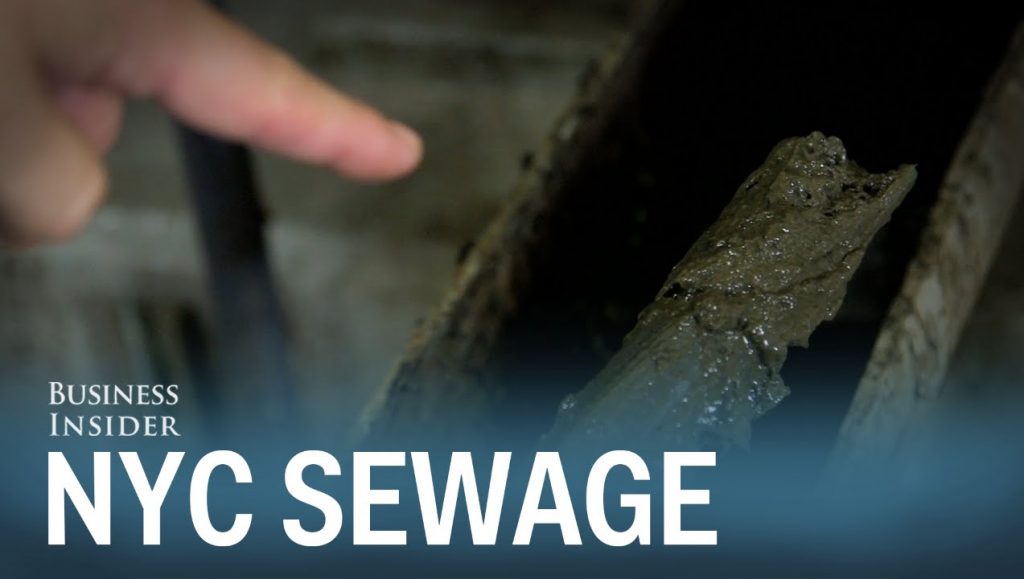Inside The US Government’s Top-Secret Bioweapons Lab

The Dugway Proving Ground is a US government facility that test some of the deadliest chemical and biological agents on earth.
Despite the dangerous experimentation, the facility has had some major slip ups.
What level of biocontainment is available in USAMRIID’s laboratories and what kind of research is conducted there?
As the world faces the COVID-19 pandemic, the topic of bioweapons is at the forefront of many people’s minds. Although most countries have officially renounced the use of biological weapons, they continue to maintain secret bioweapons programs. The United States is no exception, and one of the most prominent bioweapons research and development centers in the world is the United States Army Medical Research Institute of Infectious Diseases (USAMRIID).
Located in Fort Detrick, Maryland, USAMRIID is the US government’s principal research institution for infectious disease research and biodefense. The center has an impressive track record in research, including the development of the Ebola virus vaccine, but a large portion of its research remains classified. Some experts believe that the lab’s work includes the development of biological weapons.
The controversy surrounding USAMRIID dates back to the 1950s when the US government started investing in biological warfare. The Army set up facilities to investigate the effects of biological agents on humans and animals. Over time, the focus of the program shifted to biodefense, and USAMRIID emerged as a pivotal institution.
The laboratory complex at Fort Detrick is vast and sophisticated, with state-of-the-art equipment and high-security measures. Access to the facility is restricted to authorized personnel and requires clearance from officials, including the FBI. Within the complex, there are research facilities, biosafety level three (BSL-3) laboratories, and biosafety level four (BSL-4) laboratories.
BSL-3 labs are designed to protect personnel and the environment from exposure to infectious agents. USAMRIID’s BSL-3 labs conduct research on infectious diseases like anthrax and influenza. BSL-4 labs are the highest level of biocontainment and are designed for research on the most lethal and contagious viruses, including Ebola and smallpox.
Despite the high level of security surrounding USAMRIID, the laboratory has experienced several security breaches over the years. In the 1980s and 1990s, there were several incidents of theft and loss of infectious agents, resulting in the lab being briefly shut down. In 2001, an anthrax attack on US soil killed five people and infected 17 others. The FBI investigated USAMRIID extensively at that time and eventually concluded that the attack originated from within the facility.
USAMRIID has denied any involvement in bioweapons research and maintains that its work is for defensive purposes only. The laboratory has stringent policies in place to prevent unauthorized access and to ensure that infectious agents are handled safely.
In conclusion, USAMRIID is one of the most advanced and high-security biodefense laboratories in the world. While there is no concrete evidence to suggest that the lab is involved in bioweapons research, the facility’s history of security breaches and the potential dual-use of certain research raises concerns. As the world continues to grapple with the COVID-19 pandemic and the potential use of bioweapons remains a threat, transparency and accountability from government biodefense programs like USAMRIID are crucial.










Mercedes-Benz F 015 Luxury in Motion
Alleyway home in Toronto makes room splitting into 5 levels
Living in a bridge: Homeless in L.A. | The Americas with Simon Reeve – BBC
ONE MORE TIME
Top 10 Most Insane Waterslides